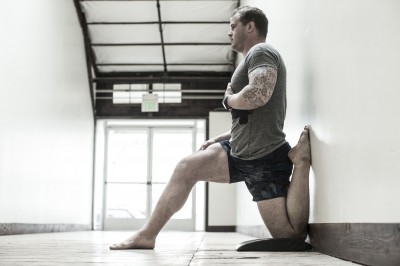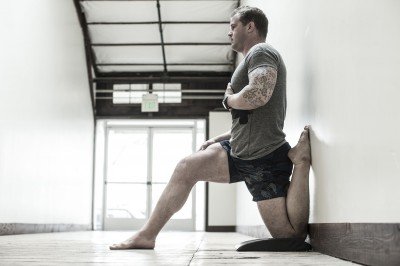Stretching and mobility work! Supple leopard yes or no ???

What is chronic neck pain ?
April 25, 2017
Mobility or flexibility ? What is the difference between them ? And which one is more important to us?
May 28, 2017 Is it better to do as much mobility work as possible, everywhere, without any ounce of an educated thought as to where it will benefit you the most? Or perhaps should stretching and mobility work be selective and calculated according to what is truly needed in order to encourage a genuine change the can bring about lasting results without feeling like a constant losing battle?
Is it better to do as much mobility work as possible, everywhere, without any ounce of an educated thought as to where it will benefit you the most? Or perhaps should stretching and mobility work be selective and calculated according to what is truly needed in order to encourage a genuine change the can bring about lasting results without feeling like a constant losing battle?
I think the latter should make more sense to everyone who reads this. The problem faced by most is knowing where to start. This can vary but there are a few basics which are almost always applicable and very rarely prioritized. The main reason being that we are often very distracted by what “feels” tight.” The muscles which have been chronically shortened, classic common example would be pec minor (upper chest), never “feel” tight or tense until you apply a stretch, but should be a major target are for most to work on. The upper back however is far more likely to”feel” tight however this tightness is more similar to that of an overstretched elastic band….yes it FEELS tight but does that mean stretch it?…NO! Absolutely the opposite. Stretching the wrong side encourages weakness, injury and in the long run will exacerbates the imbalance that created the “tightness” in the first place! Hence you continue to stretch for weeks, months or even years in the same place and it never seems to improve, but for some reason you just keep doing the same thing until eventually you either get hurt or just give up.
Making sense?
Hip mobility is another classic, a lot of hip tightness occurs when smaller muscles compensate for a weak or under active glute max! Sometimes a few chiropractic sessions will restore more mobility than any amount of stretching will in a lifetime, but of course that will depend on the individual nature of the cause for each person.
So my advice, please do not copy every single mobility exercise in the Supple Leopard book, there are some great ideas in there and some will be useful for you and others won’t. Some may in fact be damaging for you if you haven’t had your body assessed properly to determine what needs to be worked on. There a few movements in there which I would never advise, such as band assissted wrist extension for numerous reasons.
The bottom line is to select your mobility work carefully, ideally based on a full physical assessment by a good chiropractor, osteopath or physio who has a solid understanding of sports and function.
Dr Hassan Zaid
DC MChiro CCEP




